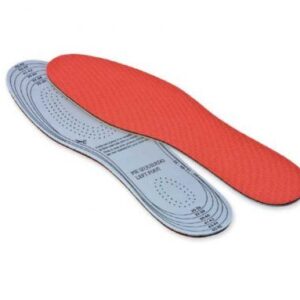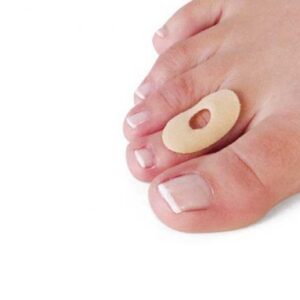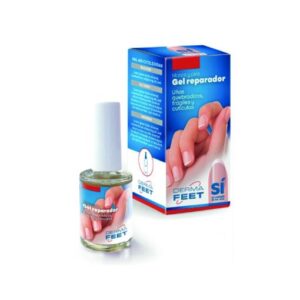Plantar fasciitis and calcaneal spurs
Plantar fasciitis is characterised by inflammation of the plantar fascia of the foot, a fibrous tissue fascia that runs along the entire underside of the foot from the heel bone to the toes, which supports the arch of the foot and helps absorb the impact transmitted by the ground when walking. This condition affects around 1 in 10 people throughout their lives. A calcaneal spur is a bony protuberance that forms in the heel area and can be a complication of plantar fasciitis. Both conditions occur due to overloading of the area, as a result of microtraumas due to repeated overuse.
Most common foot pathologies
Symptoms
Plantar fasciitis causes pain around the heel and sole of the foot, which is most intense when you take your first steps of the day or after a prolonged period of rest. The pain also becomes more intense when you bend your foot and toes towards your leg.
Risk Factors
Activities that put pressure on the plantar fascia such as work that requires standing such as teaching or waiting tables, or high-impact exercise on the feet such as running or multiple jumps, especially with unsuitable footwear or if you are not physically prepared for this activity; Flat feet or flat feet; Advanced age; Excess weight and obesity; Wearing unsuitable footwear with little cushioning or support for the arch of the foot; Unusual gait pattern that puts excessive pressure on the plantar fascia.
Protective Factors
Adapt footwear to the arch of the foot and with adequate cushioning from the impact of the ground; Avoid walking for long periods or exercising on hard surfaces such as tarmac; Maintain a healthy weight; Stretch the plantar fascia and Achilles tendon before and after physical activity; Limit high-impact physical activities such as running, and give preference to lower-impact aerobic activities such as swimming or cycling, if this is not possible try to alternate high- and low-impact activities.
Treatment
Rest is recommended, avoid walking barefoot on hard surfaces and apply ice or a cold compress to the plantar fascia for 15-20 minutes at a time and repeat 3 to 4 times a day and oral painkillers may be necessary to control the pain. Stretching and strengthening exercises for the plantar fascia should be carried out, and if you have flat or flat feet the use of shoe insoles or heel pads is essential. You can use a fascia stretching splint at night, which allows the plantar fascia to be extended while you sleep. Some ankle orthotics can also help relieve the symptoms of plantar fasciitis due to flat feet.
Information: All the information contained here is merely a summary for a general understanding of the pathologies, highlighting their definition, symptoms, risk factors, protective measures and treatment options.
Consulting a specialised health professional is essential for an accurate diagnosis and an effective treatment plan.
Support and protection for plantar fasciitis and calcaneal spurs
Discover all the orthotics for plantar fasciitis and calcaneal spurs
-
 Seleccione Opções This product has multiple variants. The options may be chosen on the product page
Seleccione Opções This product has multiple variants. The options may be chosen on the product page -
 Seleccione Opções This product has multiple variants. The options may be chosen on the product page
Seleccione Opções This product has multiple variants. The options may be chosen on the product page -
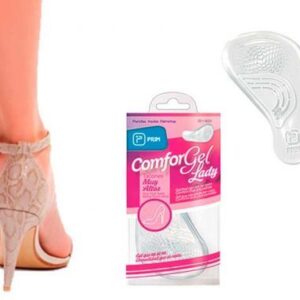 Seleccione Opções This product has multiple variants. The options may be chosen on the product page
Seleccione Opções This product has multiple variants. The options may be chosen on the product page -
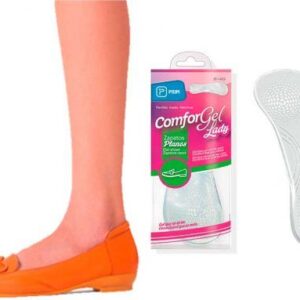 Seleccione Opções This product has multiple variants. The options may be chosen on the product page
Seleccione Opções This product has multiple variants. The options may be chosen on the product page -
 Seleccione Opções This product has multiple variants. The options may be chosen on the product page
Seleccione Opções This product has multiple variants. The options may be chosen on the product page -
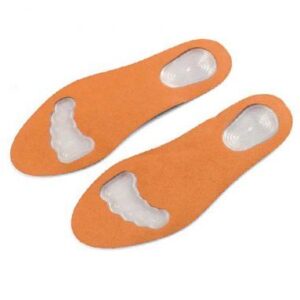 Seleccione Opções This product has multiple variants. The options may be chosen on the product page
Seleccione Opções This product has multiple variants. The options may be chosen on the product page -
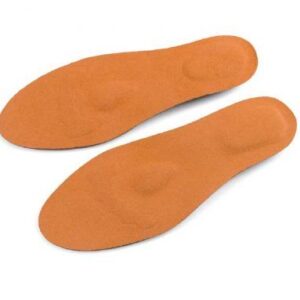 Seleccione Opções This product has multiple variants. The options may be chosen on the product page
Seleccione Opções This product has multiple variants. The options may be chosen on the product page -
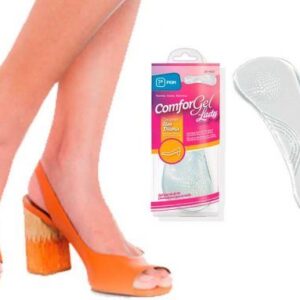 Seleccione Opções This product has multiple variants. The options may be chosen on the product page
Seleccione Opções This product has multiple variants. The options may be chosen on the product page -
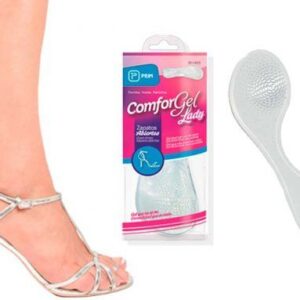 Seleccione Opções This product has multiple variants. The options may be chosen on the product page
Seleccione Opções This product has multiple variants. The options may be chosen on the product page -
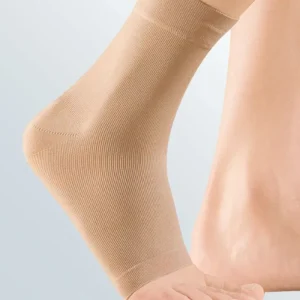 Seleccione Opções This product has multiple variants. The options may be chosen on the product page
Seleccione Opções This product has multiple variants. The options may be chosen on the product page -
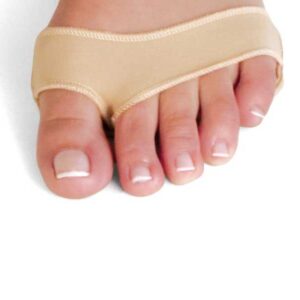 Seleccione Opções This product has multiple variants. The options may be chosen on the product page
Seleccione Opções This product has multiple variants. The options may be chosen on the product page -
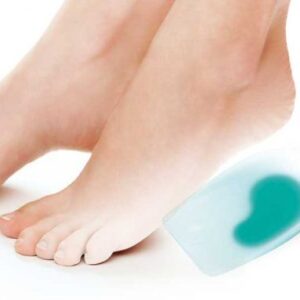 Seleccione Opções This product has multiple variants. The options may be chosen on the product page
Seleccione Opções This product has multiple variants. The options may be chosen on the product page -
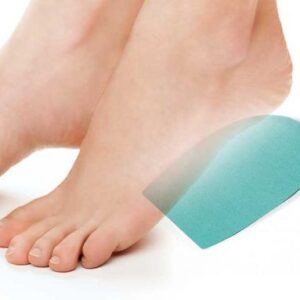 Seleccione Opções This product has multiple variants. The options may be chosen on the product page
Seleccione Opções This product has multiple variants. The options may be chosen on the product page

